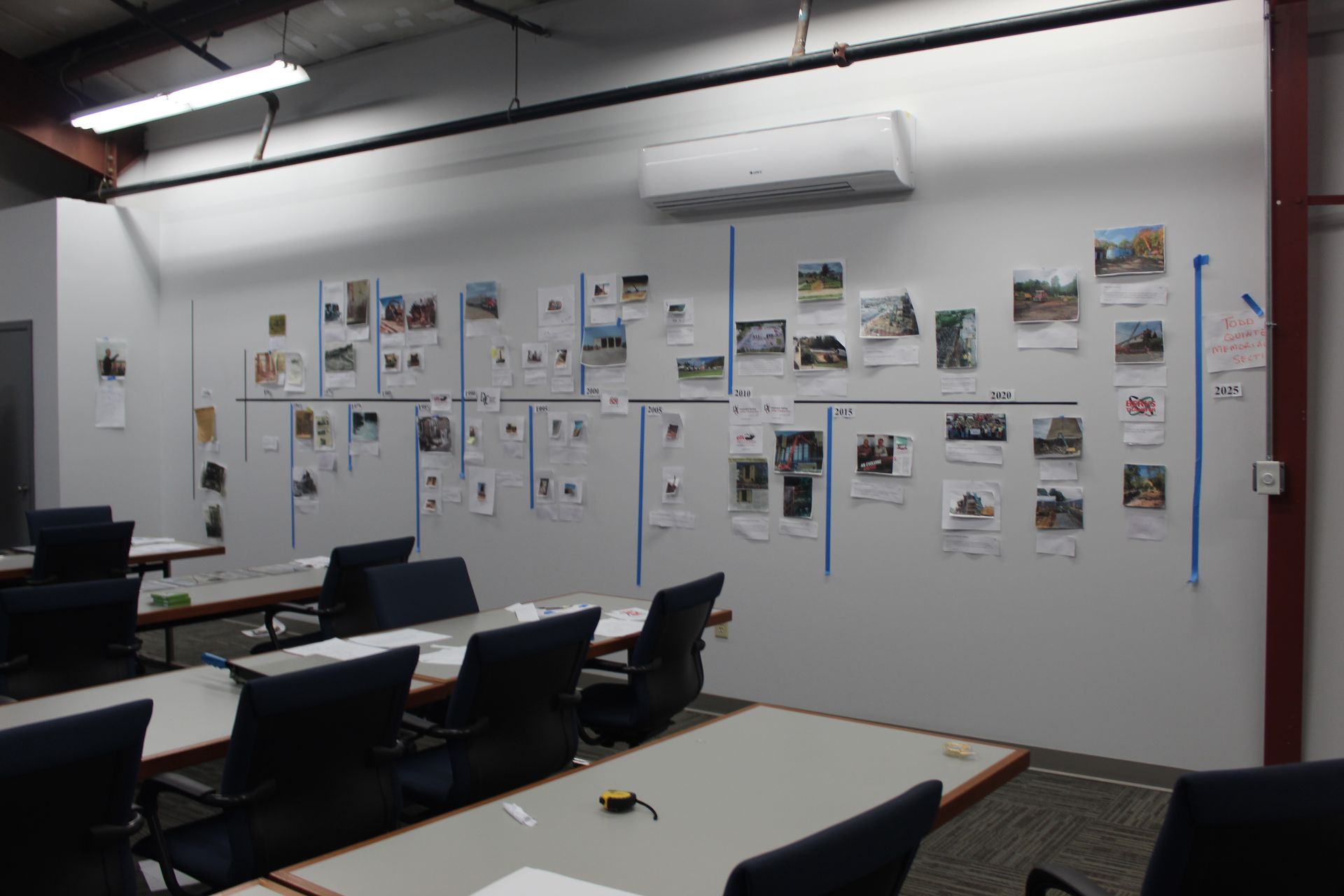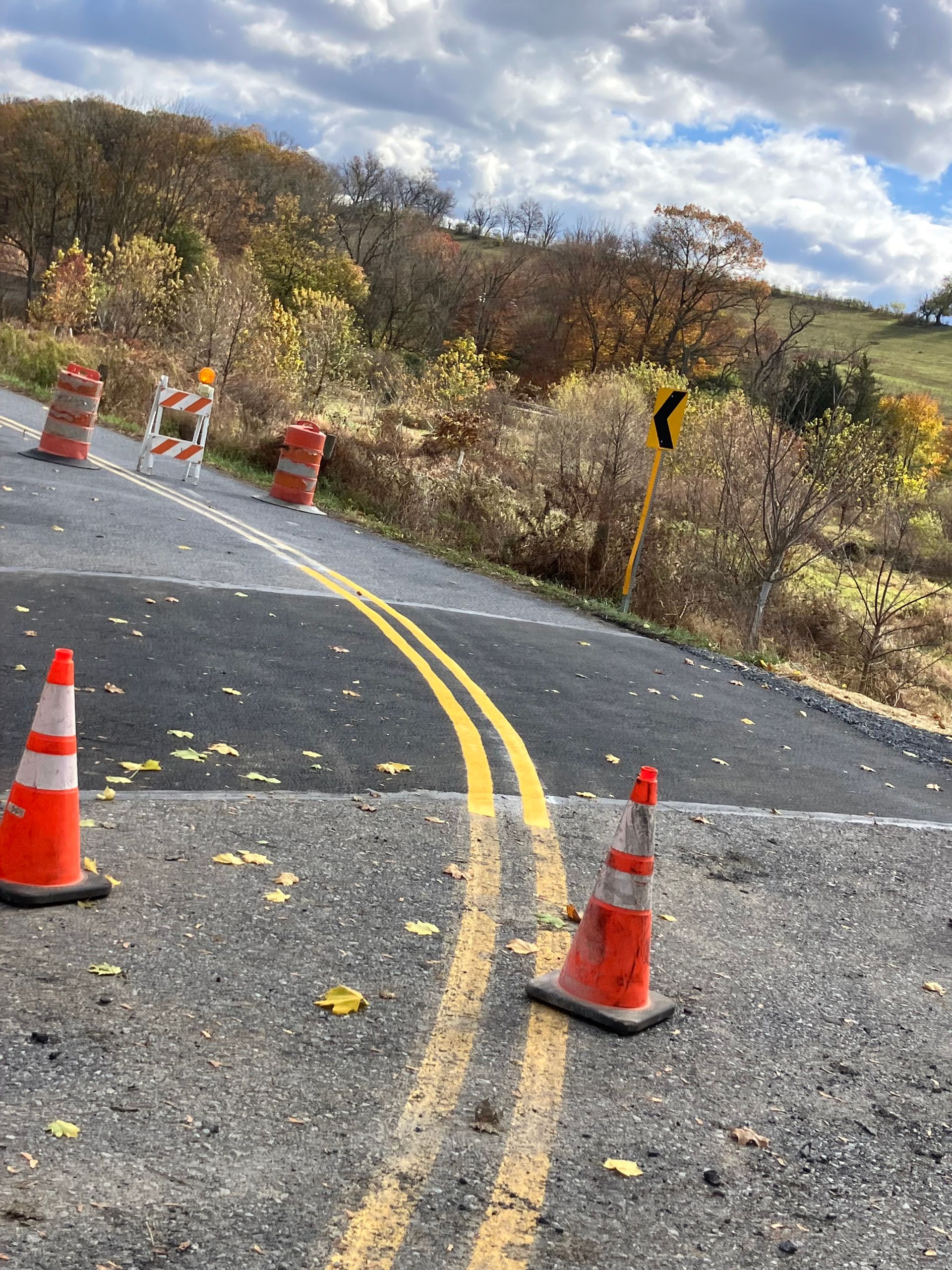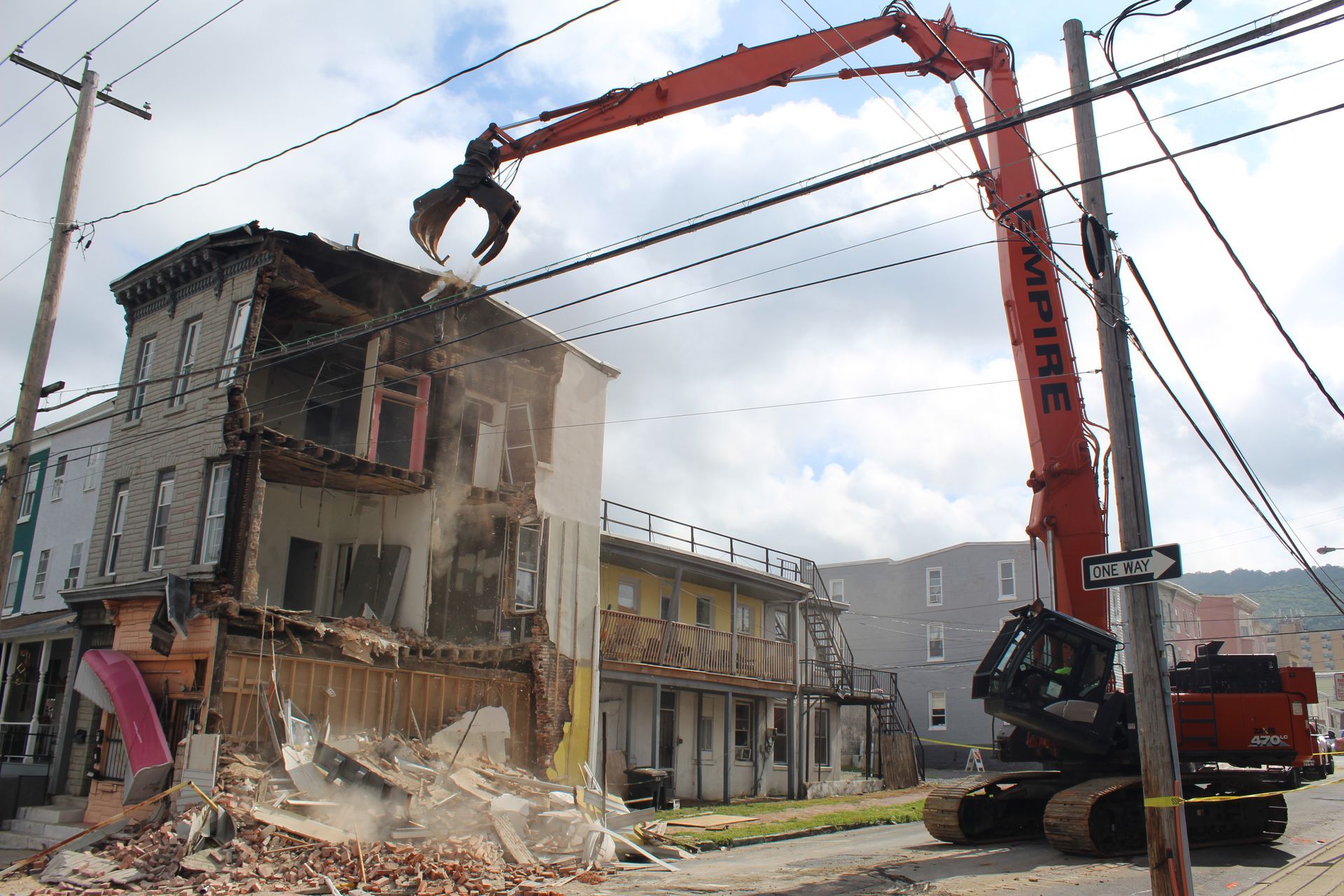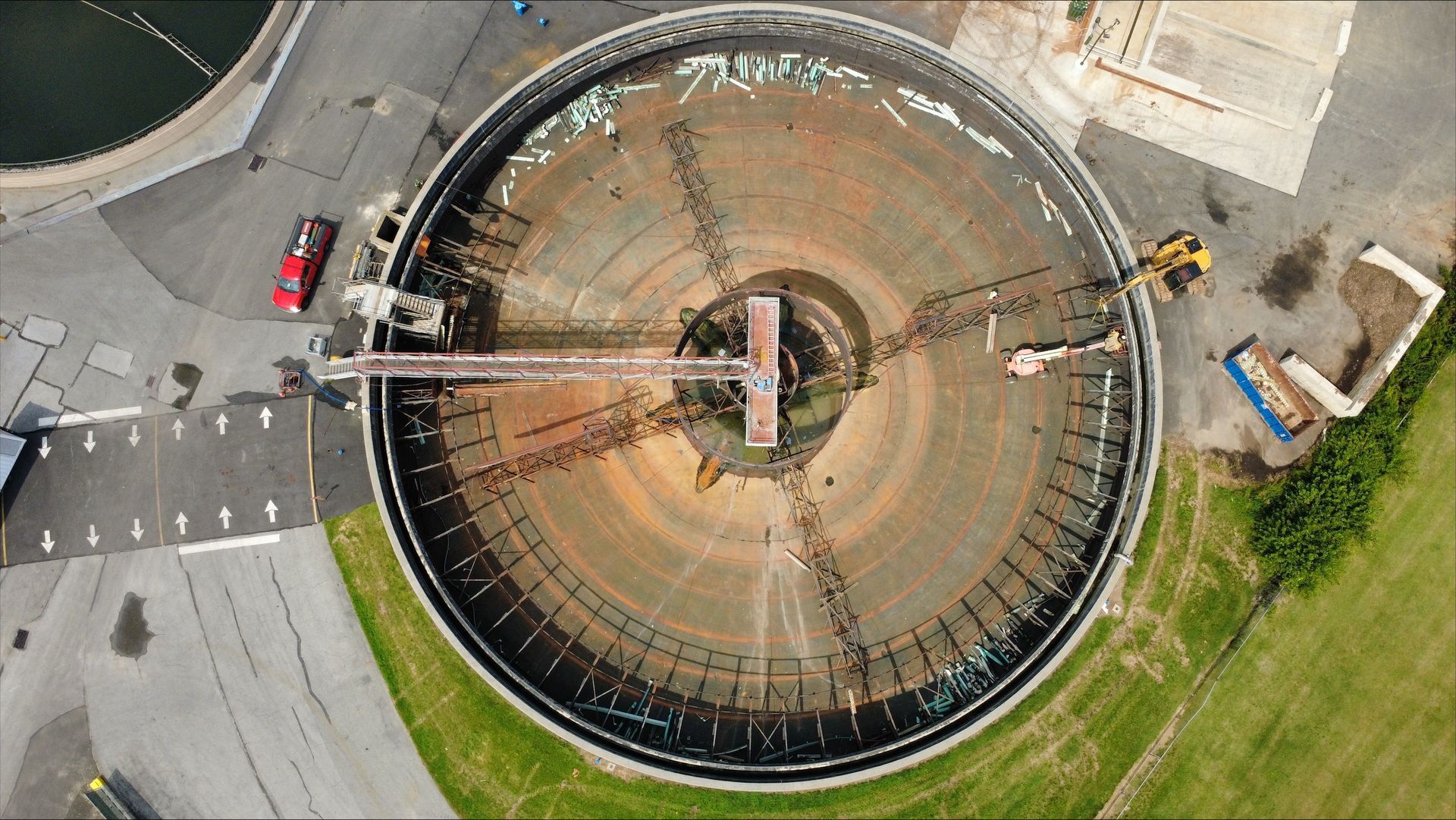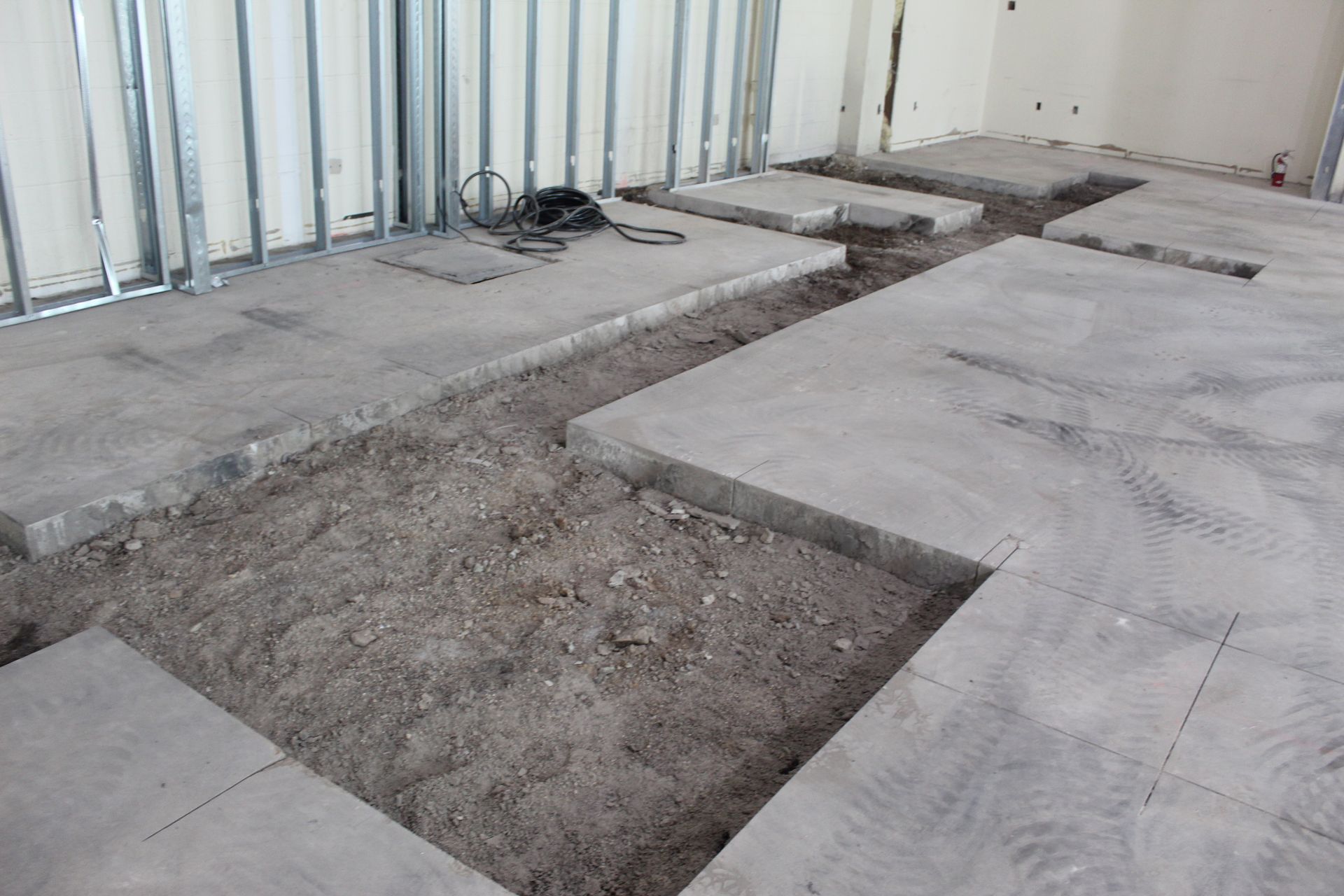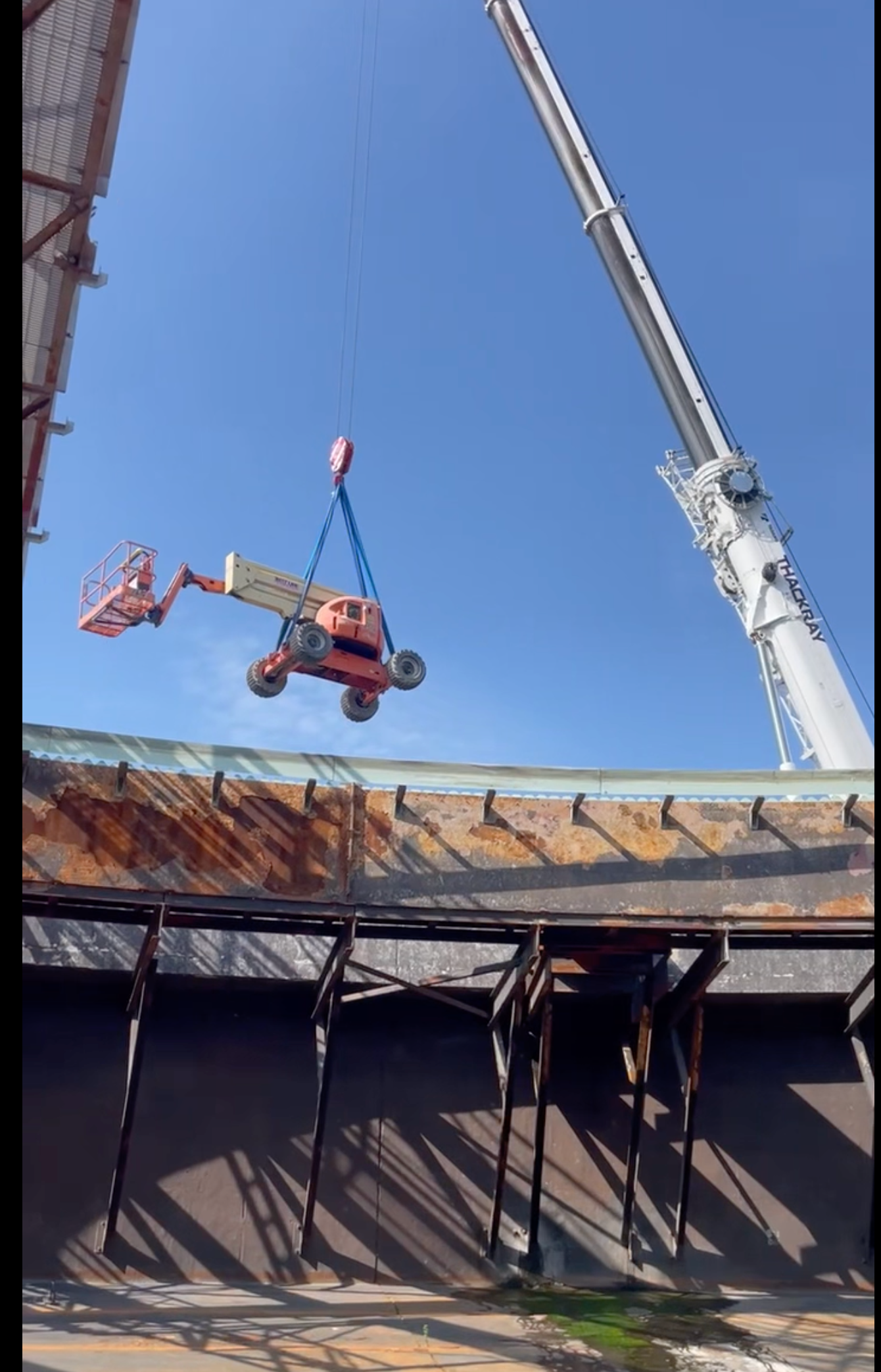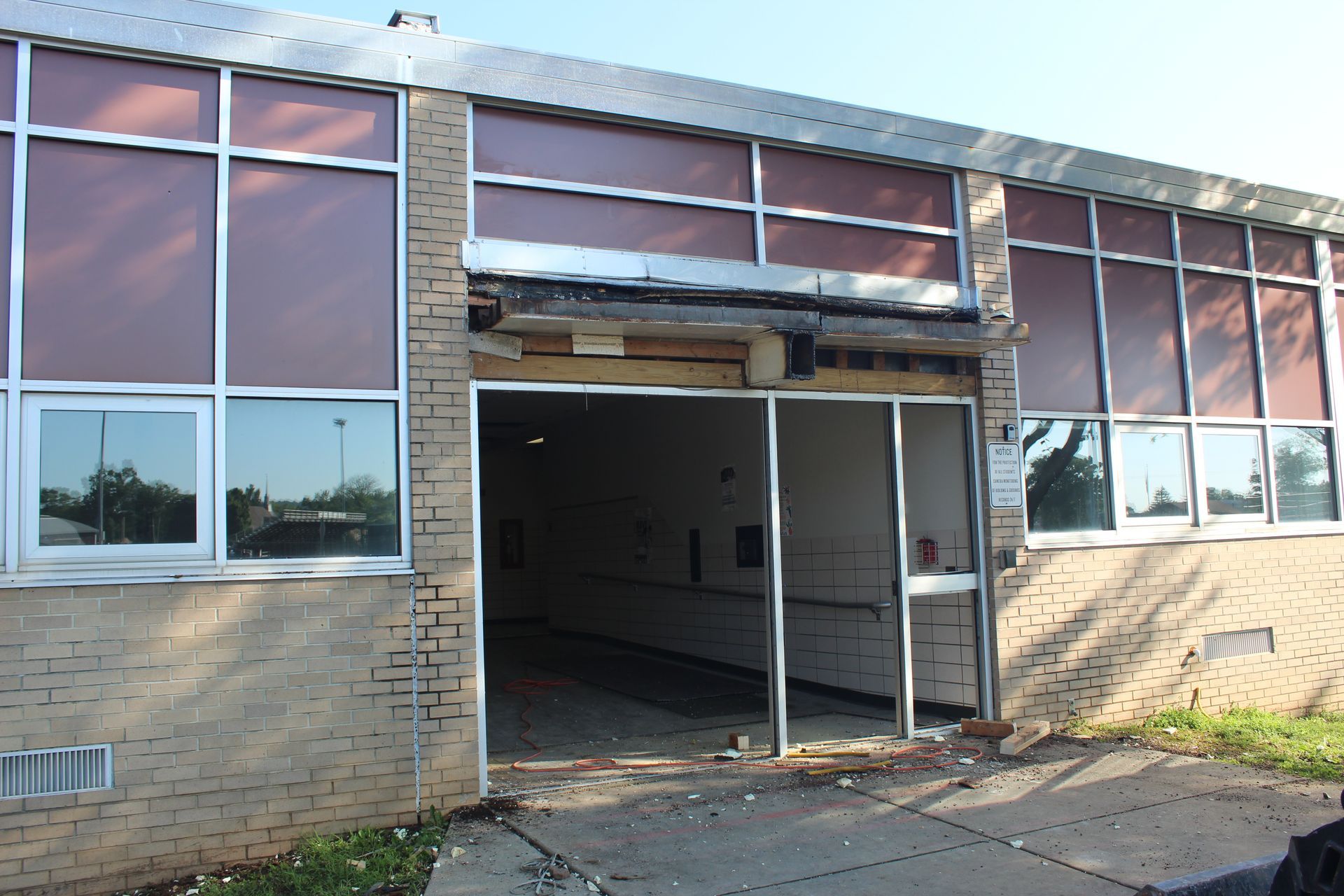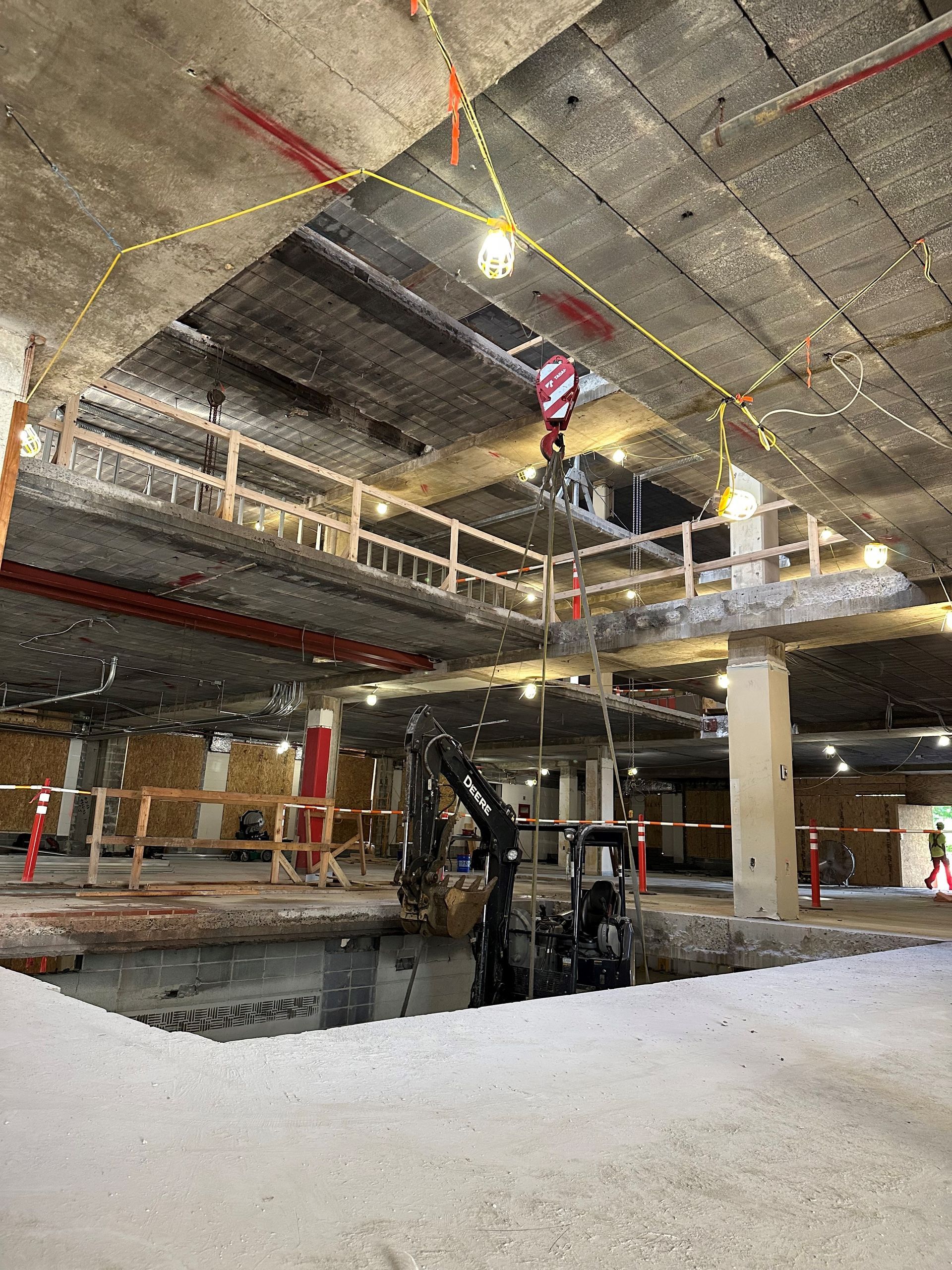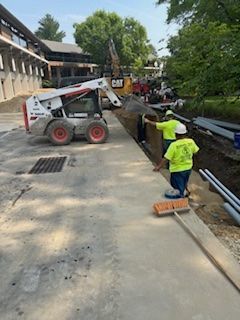A Brief Look at Drones in Demolition
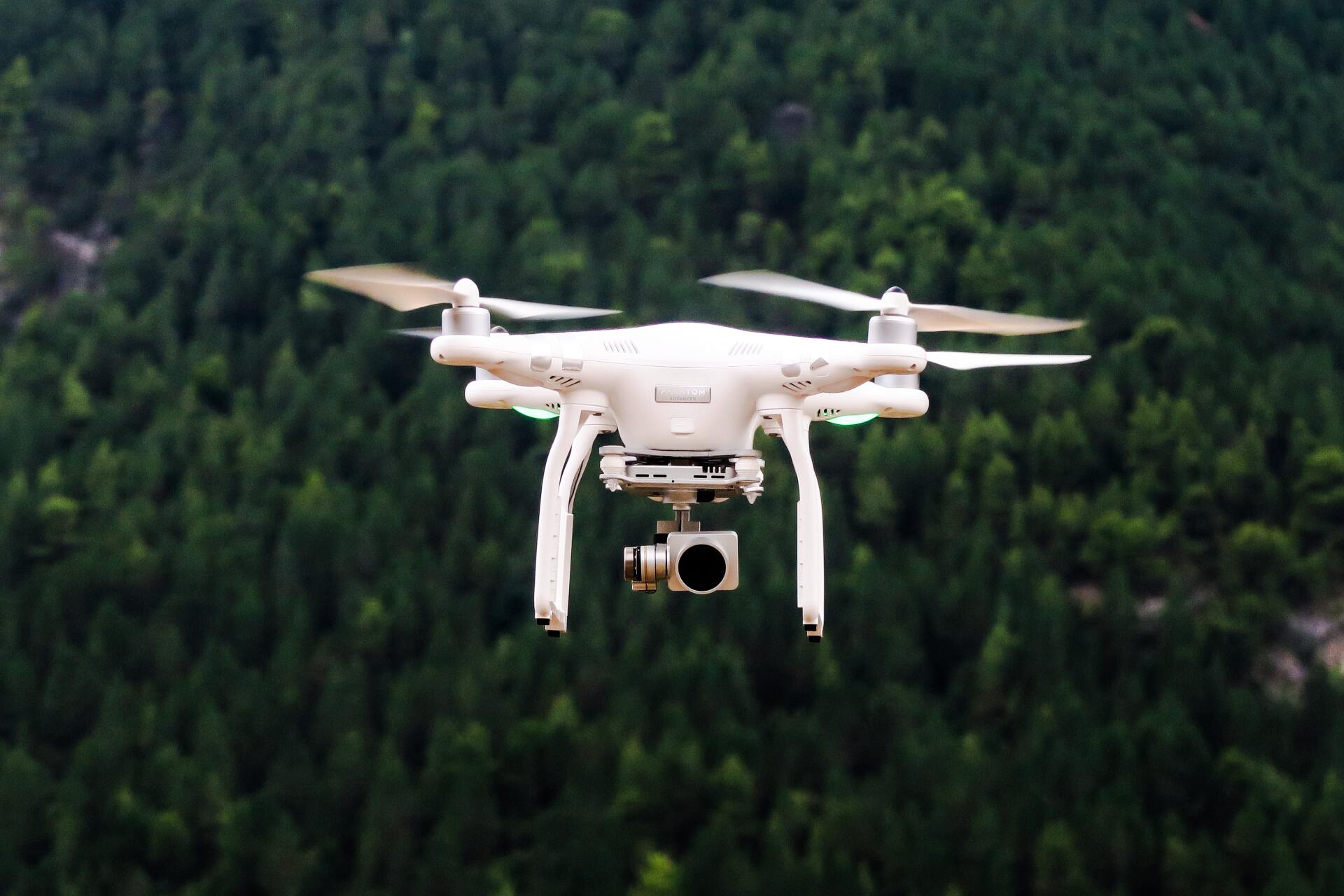
Twenty years ago, it would be hard to imagine using flying robots to get data on a demolition project. Today, these flying robots are drones. Since the early 2010s, drones have been used commercially, especially in demolition. These machines perform several tasks that would have taken days to complete are now done in just minutes, which saves time and money. Some of the tasks include monitoring sites, taking pictures and videos, and identifying layout accuracy. Yet, with any piece of equipment, there are rules that must be followed for safe operation.
These rules (regulations) were created by the Federal Aviation Association (FAA) to protect crews and the public. Some of the first regulations were:
1. Drones must be used during daylight hours.
2. The maximum altitude was 400 feet.
3. The speed limit was 100 miles per hour (applying to drones weighing less than 55 pounds).
4. Drones must have anti-collision lights for twilight hours.
However, as the use of drones increased, the FAA created more regulations, including:
· The operator must be at least 16 years of age.
· The operator must perform a pre-flight check but is not required to obtain an FAA airworthiness certification for the drone.
· Drones cannot be flown over people unless they are part of the drone operation or are covered by a structure or vehicle.
· The operator must comply with FAA flight zones.
Drones allow demolition contractors to get intimate views of their projects, which results in better safety practices as well as provides details not evident from the ground. They have revolutionized the way data is collected to ensure the quality of the work being done, especially when comparing projects.
At Empire Services, we use a drone to help ensure our projects are accurate and efficient. The aerial views also help us to identify risks and hazards. It is a piece of equipment that is vital to the completion of a project. Contact us today to learn more!
